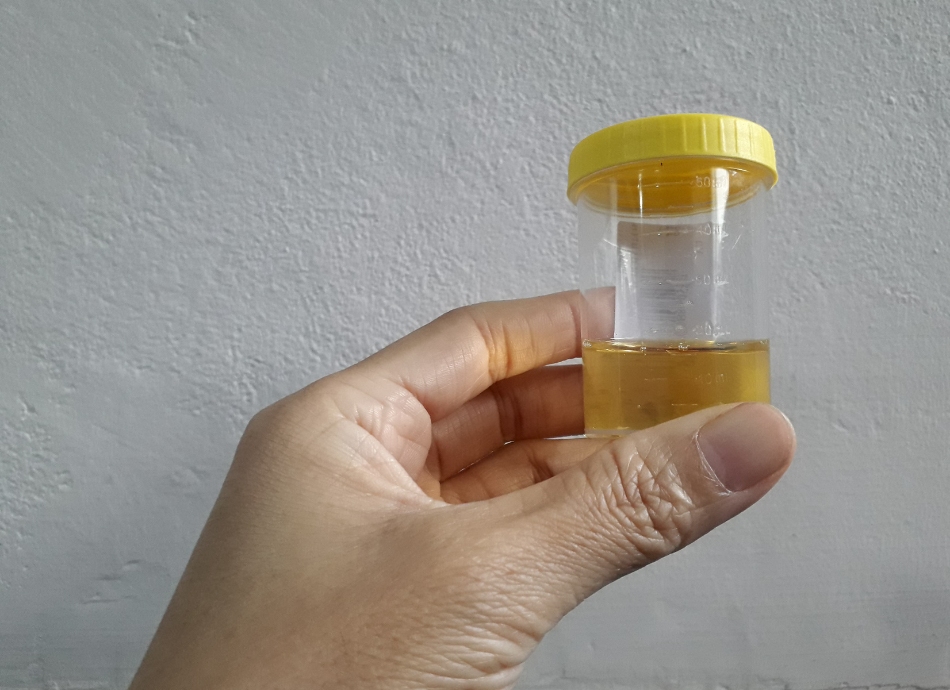Wishing everyone happy holidays and a joyful New Year from the Healthify team. Don't forget to Slip, Slop, Slap and Wrap!
Albuminuria
Also called proteinuria
Key points about albuminuria
- Albuminuria is when you have albumin in your urine.
- Albumin is a protein in your blood that's not usually found in urine because healthy kidneys stop most of your albumin from entering your urine.
- Having albuminuria may be temporary or ongoing. It could be a sign of kidney problems or kidney damage.

Overview
Albumin is a protein in your body, produced by your liver. It makes up about 60% of the protein in your blood. It has many important functions including building muscle, repairing tissue, and fighting infection. It also acts a bit like a sponge to hold fluid in your bloodstream instead of it leaking into places it shouldn't be.
Albumin and other proteins aren't usually found in urine (pee), or they're only found in tiny amounts, because healthy kidneys stop most of your protein from entering your urine. If your kidneys are damaged, larger amounts of albumin and other proteins can pass through their filters and into your urine. If other proteins (as well as albumin) are found in your pee, it's usually called proteinuria.
Having albumin in your urine (called albuminuria) is not a separate disease, but may be a symptom of many conditions that can cause kidney damage.
Albuminuria may be short-term or temporary, eg, when caused by:
- not drinking enough water (dehydration)
- fever or infection of the urinary tract
- high-intensity exercise.
Albuminuria may be ongoing and may be a sign of a long-term (chronic) health condition, for example:
- diabetes (especially if your blood glucose levels are higher than your target range)
- hypertension (high blood pressure)
- heart disease and/or heart failure or a sudden worsening (flare-up)
- pre-eclampsia in pregnancy
- diseases of a part of the kidney called the glomeruli (eg, IgA nephropathy, lupus nephritis, focal segmental glomerulosclerosis (FSGS), or glomerulonephritis).
In these long-term conditions, having albumin in your urine increases your risk of kidney failure and cardiovascular disease (heart attack or stroke). It can also lower your life expectancy if left untreated.
You may not know you have albuminuria as you may not have any symptoms. The only way to confirm whether or not you have it is to test a sample of your urine (pee) for albumin.
It's a good idea to have regular health check-ups, including having your urine tested, especially if you have kidney disease or health problems that can affect your kidneys (see the causes section above).
If you have early albuminuria you usually won’t notice any symptoms. When the levels of albumin and other proteins in your urine get higher, your pee may become foamy or frothy. When your kidneys are very damaged, your skin may get puffy or you may have swollen ankles, hands, tummy or face.
Detecting albumin in the urine can be done in 2 ways – a urine dipstick test and a urine albumin and creatinine ratio measurement (called uACR). For these tests you'll be asked to give a urine sample in a special container.
Urine dipstick test
Your healthcare provider places a dipstick, a strip of chemically treated paper, into the urine. The dipstick changes colour if albumin is present in your urine. This test doesn't report the exact amount of albumin that's present. Instead, the change in colour on the test strip is compared to a reference chart to estimate how much albumin may be present. Read more about urine testing.

Image credit: Canva
Albumin and creatinine ratio (ACR) measurement
This measurement is used to determine the ratio between the albumin and creatinine in your urine and to estimate the amount of albumin excreted in 24 hours.
- Creatinine is a waste product that's filtered in your kidneys and excreted in your urine.
- For this test, your healthcare provider will send a sample of your urine to the laboratory for analysis.
Test results
Your healthcare provider will discuss your test results with you. The following table is a guide from the LabPLUS medical diagnostic library.
| Men | Women | |
| Normal |
<2.5 |
<3.5 |
| Early albuminuria | 2.5–25 | 3.5–35 |
| Albuminuria | >25 | >35 |
Your healthcare provider will monitor the level of albumin in your urine to find out if it's increasing or decreasing. Further tests may be needed to investigate the cause and extent of any kidney damage.
If your albuminuria is associated with a long-term health condition (eg, diabetes or high blood pressure), the first goal will be better self-management of the conditions.
Your healthcare provider may prescribe ACE inhibitors or angiotensin receptor blockers (ARBs). These medicines have been found to protect kidney function while controlling blood pressure.
Apps reviewed by Healthify
You may find it useful to look at some Kidney disease apps, Diabetes apps, Blood pressure apps or Heart failure apps.
Brochures
The following links have more information on albuminuria. Please note that some of these resources are from overseas and the support and services information will be different to those used in New Zealand.
Albuminuria and proteinuria(external link) National Kidney Foundation, US
Apps
Kidney disease apps
Diabetes apps
Blood pressure apps
Heart failure apps
References
- Albuminuria(external link) Kidney Health Australia
- Albuminuria – albumin in the urine(external link) NIDDH, US, 2016
- Urine albumin-creatinine ratio (uACR)(external link) National Kidney Foundation, US
- Albuminuria (proteinuria)(external link) National Kidney Foundation, US
- Microalbuminuria(external link) Bupa, UK, 2022
Slowing progression of renal dysfunction in patients with diabetes(external link) BPAC, NZ, 2019
T2 diabetes management guidelines – management of diabetic kidney disease(external link) NZSSD, NZ
Chronic kidney disease (CKD) management in general practice(external link) Kidney Health New Zealand
Apps
Kidney disease apps
Nutrition, exercise and weight management apps
Credits: Healthify editorial team. Healthify is brought to you by health Navigator Charitable Trust.
Reviewed by: Dr Art Nahill, Consultant General Physician and Clinical Educator
Last reviewed:





